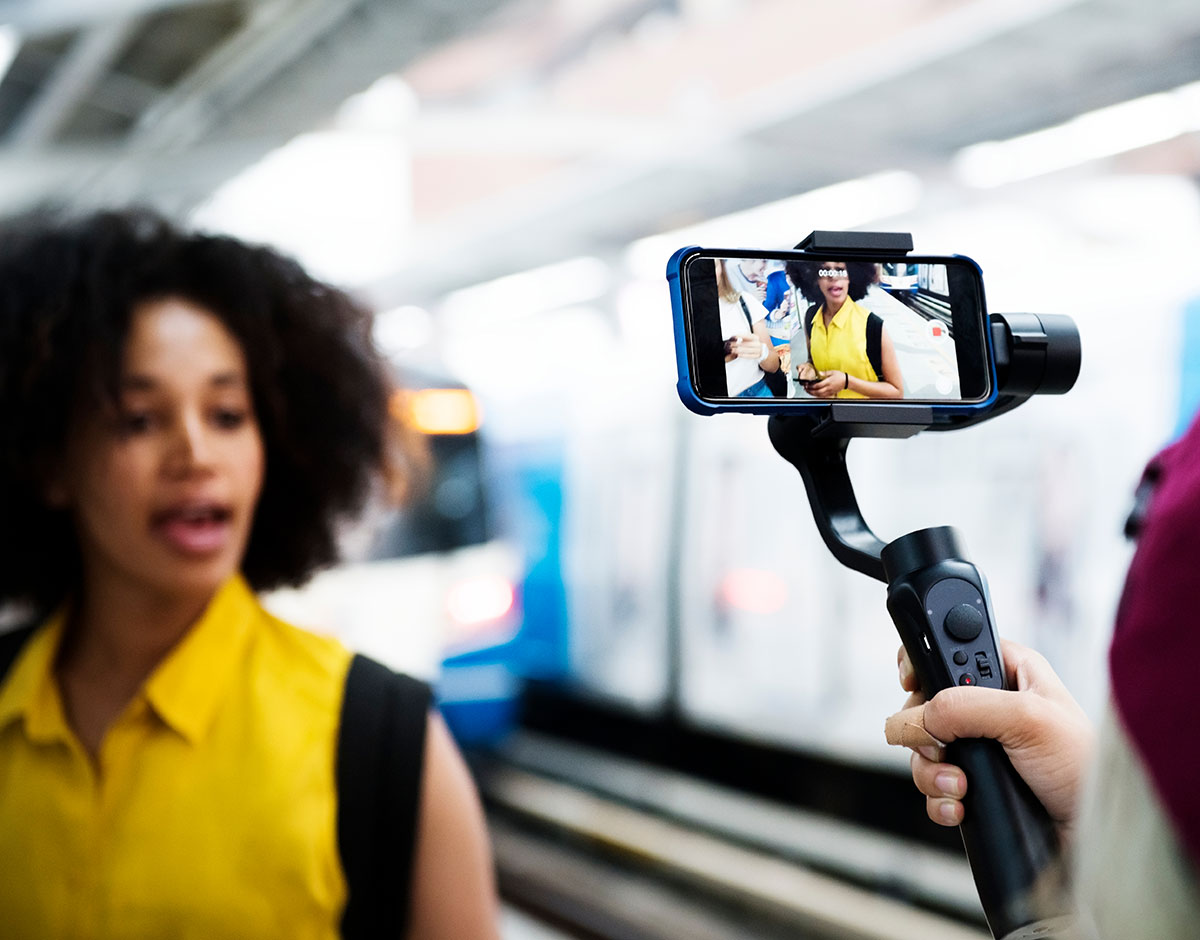Records were broken at the 72nd Primetime Emmy Awards on September 20, 2020, when Black performers received the most acting Emmys in major categories in one night, seven. From the outside, it would appear that the Emmys organizers are making an effort to diversify, but let’s look a little deeper. Because according to the annual Hollywood Diversity Report, the industry remains overwhelmingly white and male. It is the seventh study in a series of annual reports and considers the top 200 films of 2018 and 2019 rated by the global box office. It then breaks down how women and people of color were represented within the productions.
According to the report, people of color made up 27.6% of leading roles in the top 200 films of 2019, a huge jump from 2011, when people of color made up just 10.5% of leads. Women in leadership roles increased to 44.1% in 2019, way up from 25.6% in 2011. The report also shows that only 14.9% of all film roles are held by Black actors, compared to the 69.1% held by white actors. While Latinx, Asian, Middle Eastern, North African, and Native audiences still aren’t seeing themselves represented enough in major films.
Hollywood is one of many industries struggling to diversify during America’s recent racial awakening. However, this industry has the power to shape the minds of millions globally and has been dominated by white men since its creation. The above stats prove the point we made in our Diversity Metric post about how front-facing changes fall short when it comes to long-lasting impact.
The record-breaking number of acting Emmys might make the lack of progress in directing jobs surprising to hear. People of color who directed theatrical films declined from 19.3% in 2018 to 14.4% in 2019. This alone validates projects like Black Girl Film School, a 501(c)3 non-profit education foundation.
Founded by Jayda Imanlihen Black Girl Film School (BGFS) is an online institute with a goal to increase the number of Black women behind the camera. The school creates more opportunities for young Black women to learn technical production skills from other women of color. BGFS designs and teaches filmmaking curriculums, educational events, and STEAM technology training that improve the educational performance of middle school-aged girls of color interested in pursuing a STEAM-related path in film. BGFS gives students the much-needed skills, language, and community to pursue college tracts in filmmaking. This in turn increases the number of talented qualified women of color making work recognized by the Academy in non Acting categories.
Hiring a diverse group of directors is one of the easier diversity solutions compared to other parts of production. Companies can hire directors to make individual episodes of shows they didn’t create or write. For example, Stan Lathan won an Emmy for Outstanding Directing for a Variety Special, Dave Chappelle: Sticks & Stones (Netflix), and Dave Chappelle won an Emmy for Outstanding Writing for a Variety Special.
Another school that is working to change the landscape of Hollywood is the Ghetto Film School (GFS) an award-winning nonprofit to educate, develop, and celebrate the next generation of great American storytellers. What began as an after-school summer program in the Bronx aimed at minority students in 2000. Has morphed into a 30-month curriculum with programs in New York, Los Angeles, and London. Fellows receive 1,000 hours of instruction in screenwriting, film production, animation, and movie history. Most recently GFS has teamed up with AT&T and WarnerMedia for the Short Film Challenge. Which encourages youth, ages 14-21 to explore filmmaking as a tool to raise voices, to define moments, connect communities, and cure boredom at home during this pandemic.
It’s clear that the media and the world at large, is struggling to understand what true representation means, along with the complexity of representation. Underrepresented diversity behind the camera leads to underrepresented diversity in front of it. Representation requires constant questioning because the people being represented are constantly changing. Understanding that to claim diversity is to claim the demographic of our society as a whole, from race to body type to gender representation and storytelling.
The box office favors diversity internationally and domestically. For eight of the top ten highest-grossing films worldwide in 2019, the majority of domestic audiences were not white. Women currently make up about 50% of the U.S. population and minorities just over 40%. The U.S. Census estimates a majority of the nation’s population will be minorities by 2050.
Studios have to decide if they want to create films that are telling new and creative stories or continue perpetuating patterns of representation from the past. Out of the top 200 films of 2019 5.2% of writers were Black and 89.6% were white. Women earned 17.4% of writing credits on the films analyzed while 13.9% went to people of color. Just a few years ago successful creators like Shonda Rhimes and Ava DuVernay were the names on the tip of everyone’s lips. Now the focus is on Issa Rae and Michaela Cole, young Black women who write, star, and produce their own film and television projects. The big questions are, who’s next and how can we nurture and amplify those artists?
No one said the solution would be simple or speedy. Complex problems require complex solutions. Societally we need to stop reaching for the quick fix. Instead, we need to focus, investigate, deconstruct, reconstruct, and repeat. In the words of Sydney J. Harris, “The greatest enemy of progress is not stagnation, but false progress.”


